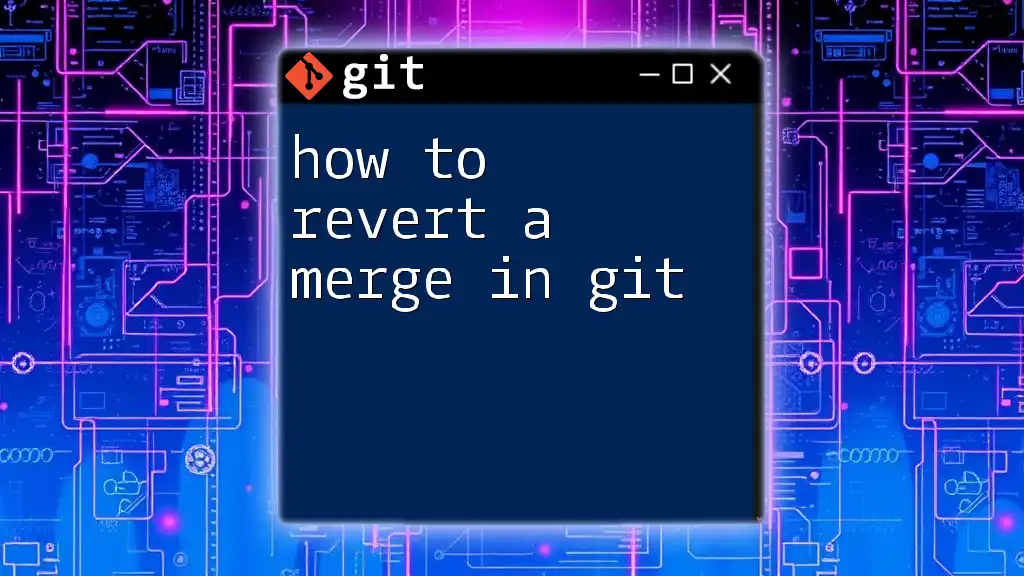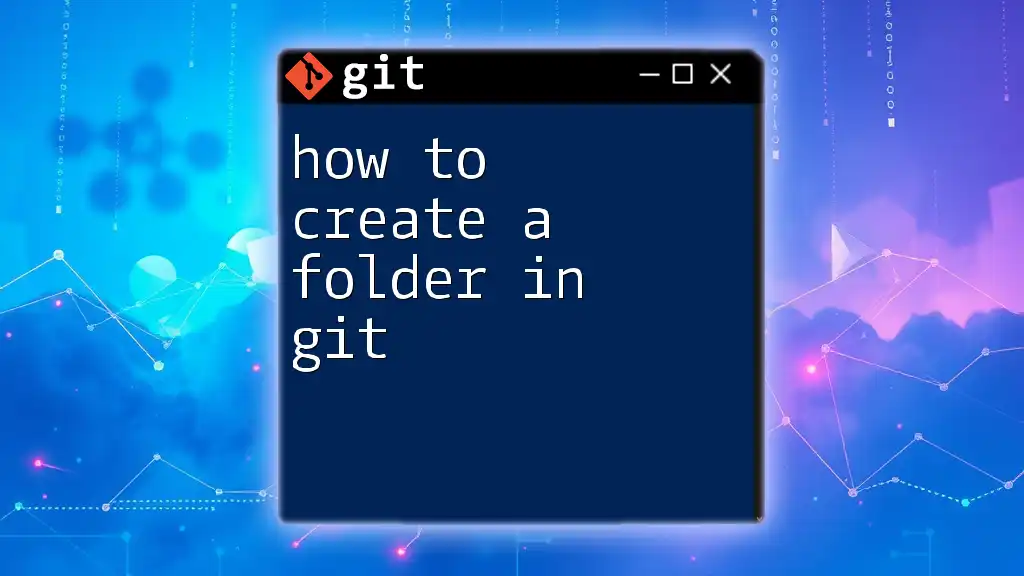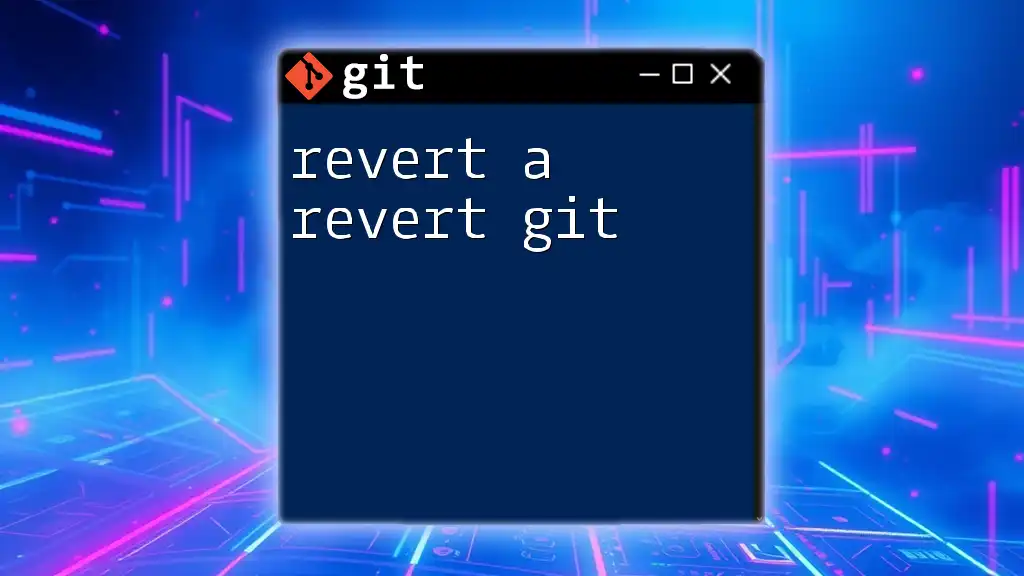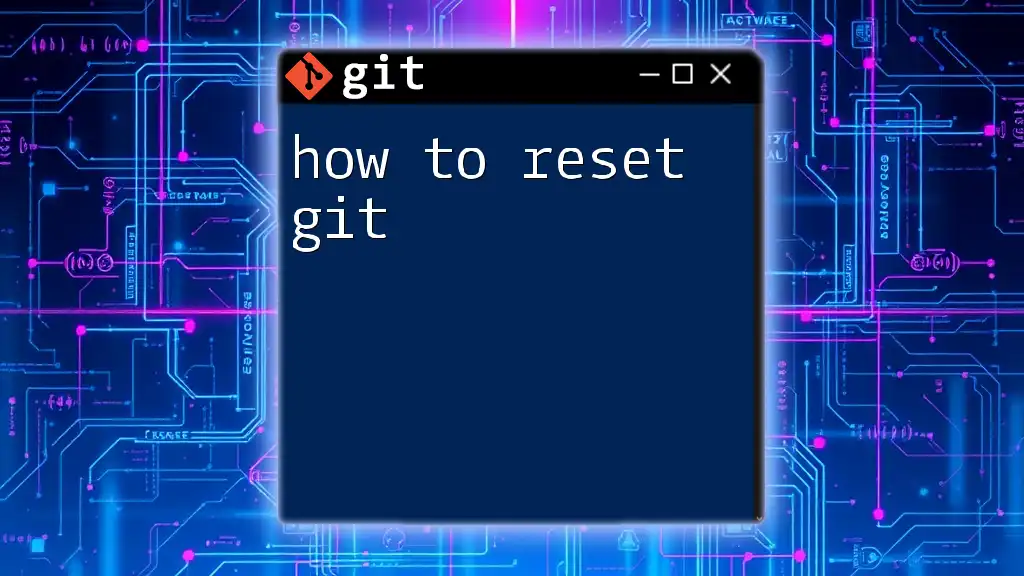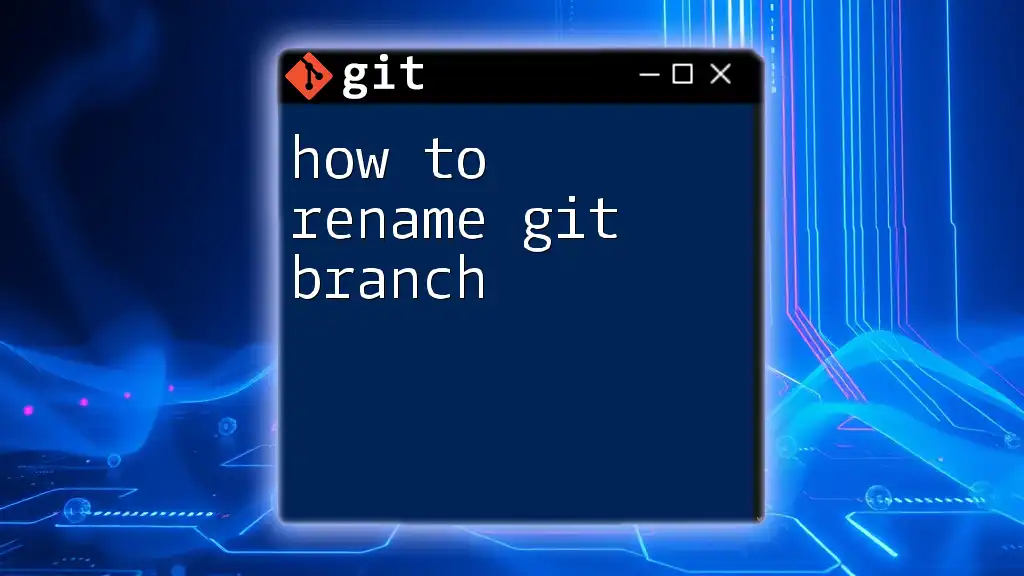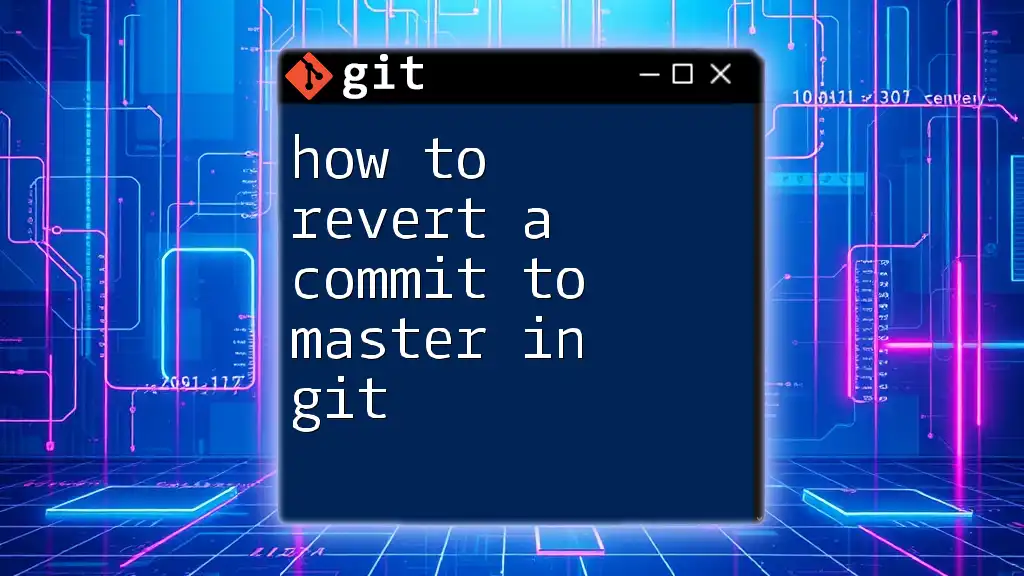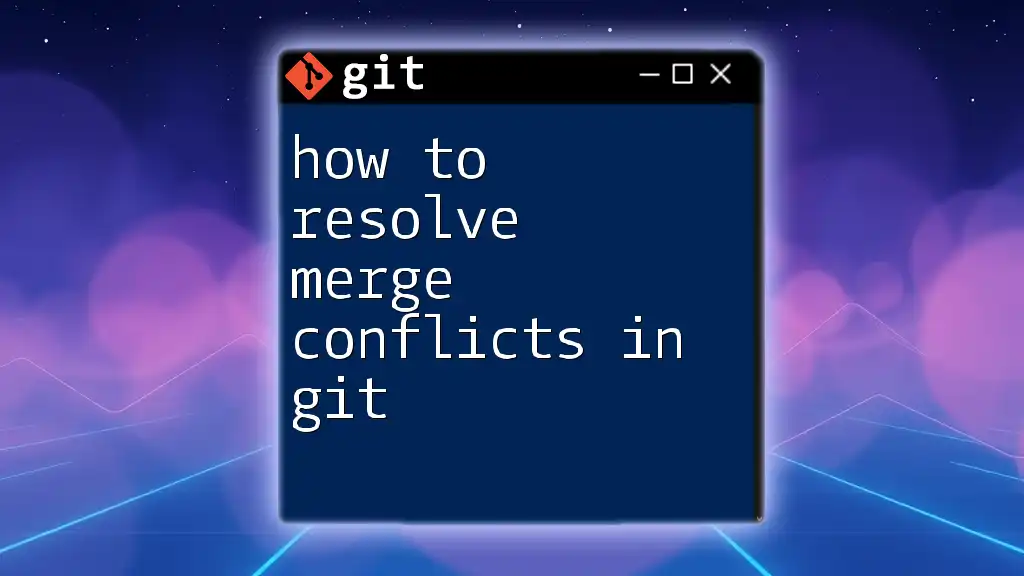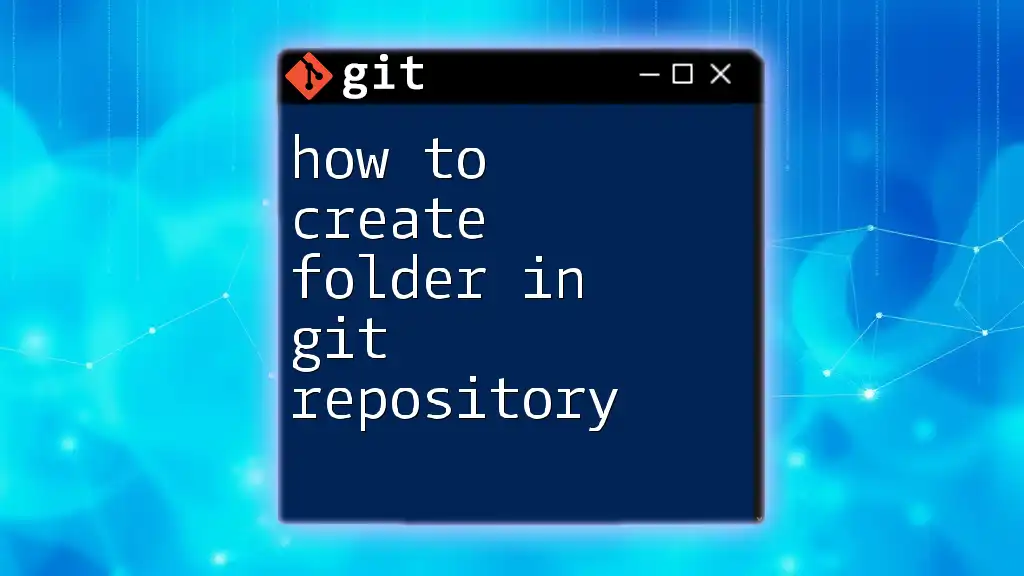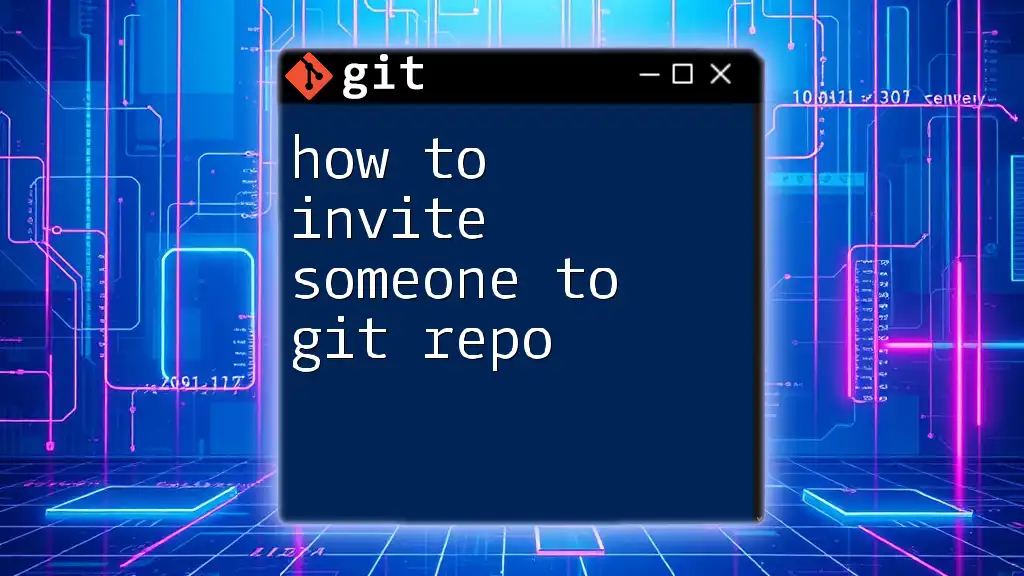To revert a merge in Git, use the `git revert` command followed by the commit hash of the merge commit you want to undo, which creates a new commit that reverses the changes of the specified merge.
git revert -m 1 <merge_commit_hash>
Understanding Git Merges
What is a Git Merge?
Merging in Git is the process of combining changes from two or more branches into a single branch. When a merge is executed, Git tries to integrate the different changes made in each branch, resulting in a unified project state. This is a common task during collaborative development, where multiple contributors are working on their own features.
Types of Merges
There are two primary types of merges you'll encounter:
-
Fast-Forward Merges: This occurs when the branch being merged has not diverged from the target branch. Git simply moves the pointer of the target branch to the latest commit of the source branch. This is essentially just a pointer update, and no new commit is created.
-
Three-Way Merges: This happens when the branches have diverged and Git needs to create a new merge commit. It uses the common ancestor of both branches along with their current states to generate a combined commit. This is crucial when handling complex changes that have occurred simultaneously in both branches.
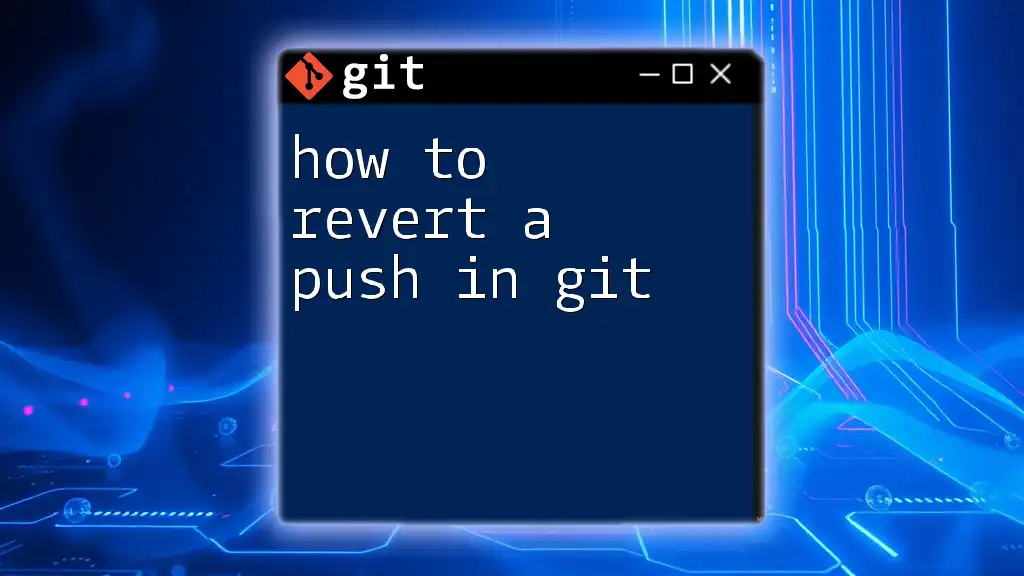
Why Revert a Merge?
Common Scenarios for Reverting
Reverting a merge is a necessary skill for developers, as several scenarios can prompt this action:
-
Introduction of Bugs: If a merge inadvertently introduces a bug that disrupts the functionality of the codebase, it must be reverted to maintain stability.
-
Unintended Changes to Code: Sometimes, merges may eliminate or alter essential aspects of the code that were not intended to be affected.
-
Collaborative Conflicts: When merging branches, differing coding styles or logic can lead to conflicts that are easier to resolve by reverting the merge entirely.
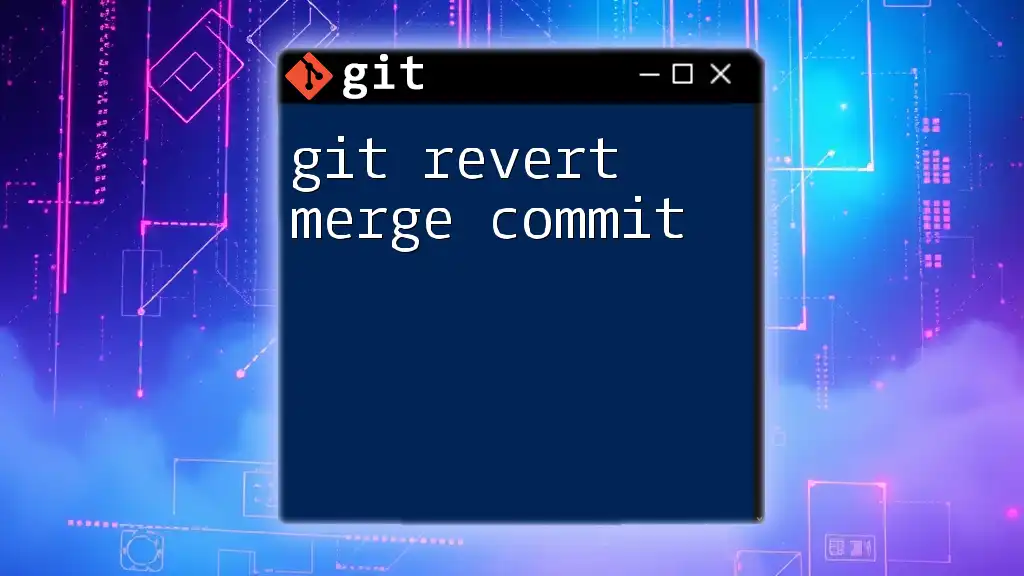
Preparing to Revert a Merge
Check Your Current Branch
Before proceeding with a revert, ensure you are on the correct branch where the merge occurred. This helps prevent any unintended changes to other branches. You can easily check your current branch with the following command:
git branch
Identify the Merge Commit
To revert a merge, you need to find the specific merge commit hash. Utilize `git log` to view the commit history and identify the hash related to the merge you wish to revert:
git log --graph --oneline
This command provides a visual representation of your commit history, making it easier to track changes and isolate the merge commit in question.
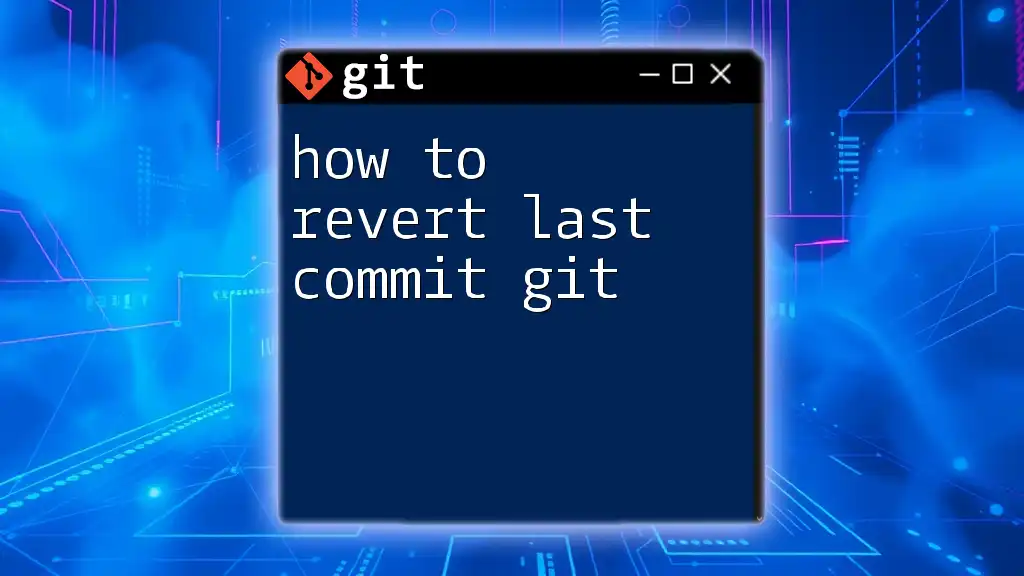
Reverting a Merge Commit
Using the `git revert` Command
To revert a merge commit, you’ll use the `git revert` command, which creates a new commit that undoes the changes made by the specified commit. The syntax is as follows:
git revert -m <parent-number> <merge_commit_hash>
The `-m` option is essential. It tells Git which parent you want to keep when reverting. In a typical scenario, a merge commit has two parents; using `-m 1` keeps the changes from the first parent while discarding the changes from the second.
Example of Reverting a Merge
Let’s say you have a merge commit with the hash `abc123`. To revert this merge while keeping the changes from the first parent, you would use:
git revert -m 1 abc123
Executing this command will create a new commit that negates the changes made in the original merge. Git will handle updating your working directory for you, maintaining a clean and updated project state.
Handling Conflicts During Reversion
Identifying Merge Conflicts
After running the revert command, you may encounter conflicts similar to what happens during a regular merge. Git will inform you of files in conflict, and you’ll need to address these issues manually.
Resolving Conflicts
To resolve conflicts, you will need to open the conflicting files, examine the changes, and decide which lines to keep or eliminate. This can sometimes be more complex depending on the nature of the changes. Once resolved, add the files back to the staging area:
git add <file_with_conflict>
Then, continue the revert process by committing your changes to complete the reversion.
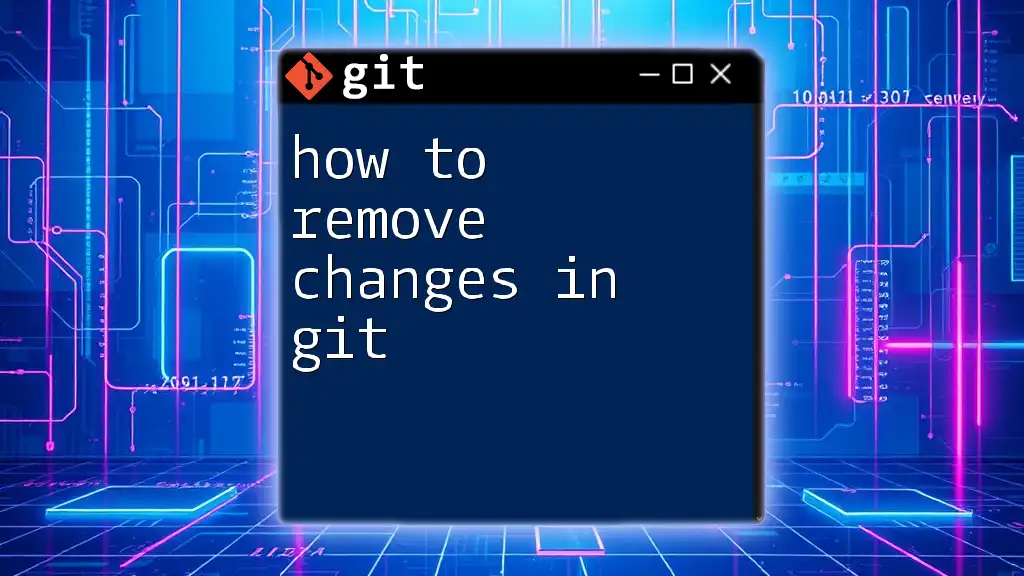
Testing the Reversion
Verifying Your Code
After reverting a merge, testing becomes paramount. Always run your test suite or perform manual testing to ensure that your application behaves as expected. This is critical to catch any residual issues that may have inadvertently arisen during the revert process.
Confirming the Revert
You can verify that the revert was successful by checking the commit history once more:
git log --oneline
Look for the newly created revert commit, which should demonstrate that the previous merge has effectively been undone.
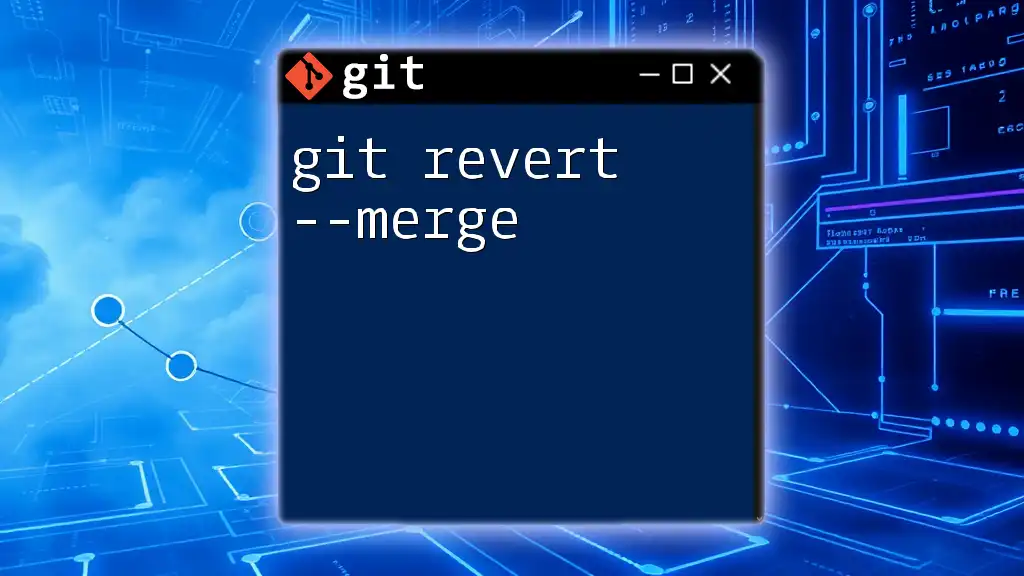
Best Practices
Documenting Your Changes
When reverting a merge, it's essential to maintain a clear commit message. A well-written message helps collaborators understand the reason for the revert. For example:
Reverted merge of commit abc123 due to bugs in the newly introduced feature.
Regularly Pulling Changes
Consistently pulling the latest changes from the remote repository can reduce the likelihood of merge conflicts in the first place. This practice keeps your local repository synchronized and minimizes the chances of running into major issues during future merges.
Using Feature Branches
To simplify the merge and reversion process, consider using feature branches. This approach allows you to consolidate new work away from your main branch until it's fully vetted, reducing the potential for introducing faulty code via merges.
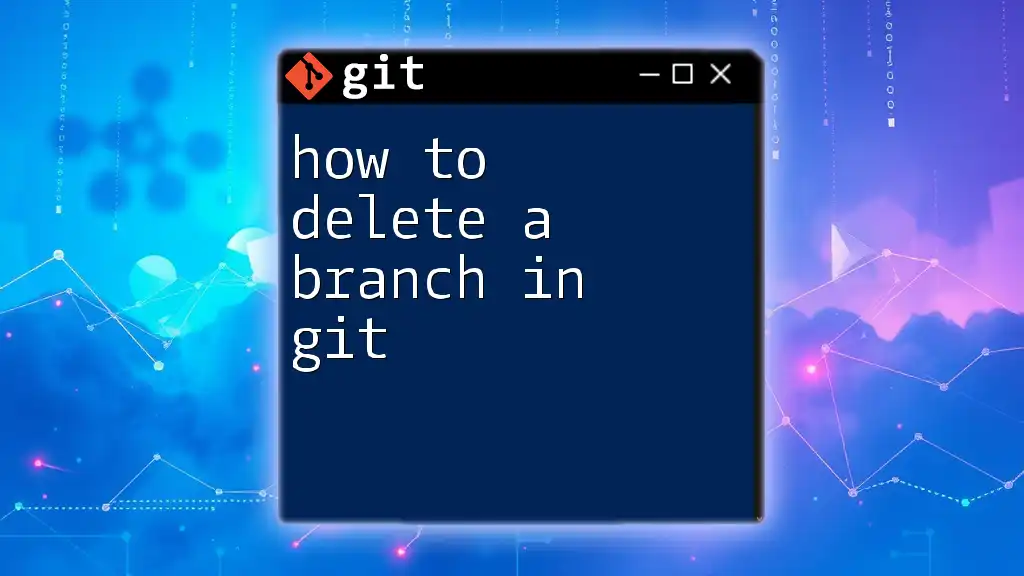
Conclusion
Understanding how to revert a merge in Git is an invaluable skill for any developer. As merges are integral to collaborative coding, knowing how to undo them safely adds a layer of confidence and reliability to your code management strategy. Practice reverting in a controlled environment to solidify your grasp of the command, and explore further commands and best practices to enhance your Git proficiency.

